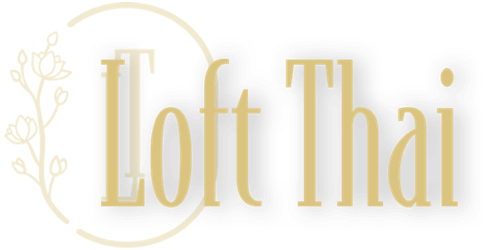
Many people around the world have always found massage salons as a way to release some stress and experience a good feeling. The greatest thing about massages is that there are many forms and techniques that are used. Have you noticed that celebrities are increasingly arriving at gatherings with small, circular marks on their backs? They are a result of cupping therapy. But what is it?
In the traditional type of alternative medicine known as cupping therapy, a therapist applies special cups to your skin for a short period of time to create suction. People receive it for a variety of reasons, including as a form of deep-tissue massage and to aid with pain, inflammation, blood flow, relaxation, and overall well-being.
Though it may be popular right now, cupping therapy is nothing new. It has roots in Middle Eastern, Chinese, and Egyptian antiquity. The Ebers Papyrus, one of the world's earliest medical texts, tells how Egyptians of 1,550 B.C. employed cupping therapy. The cups are usually made up of:
- Glass
- Bamboo
- Earthenware
- Silicone
Your therapist will light a combustible material, such as paper, alcohol, or herbs in a cup during any method of cupping. They turn the cup over and place it on your skin while the fire is put out. A vacuum is produced as the cup's air cools. Your blood vessels enlarge, as a result, causing your skin to raise and get red. Typically, the cup is left in position for up to three minutes.

Modern cupping creates the vacuum within the cup using a rubber pump rather than fire. For a massage-like effect, therapists will occasionally place silicone cups on your skin so that they can move about. By leaving a cup in place for around three minutes, wet cupping produces a slight suction. Your skin is then lightly and minutely sliced with a little knife by the therapist after removing the cup. They then perform a second suction to remove a small amount of blood.
You can then receive an antibiotic ointment and bandage to stop infection. Within ten days, your skin should once more appear normal. Supporters of cupping therapy contend that wet cupping helps the body heal by removing toxins and toxic chemicals. But that hasn't been verified.
Cupping hasn't been the subject of many academic investigations. According to a paper from 2015 that appeared in the Journal of Traditional and Complementary Medicine, it may be beneficial for treating pain management, herpes zoster, and acne. That is consistent with research results from a 2012 study that was published in PLoS One. 135 studies on cupping were examined by Australian and Chinese academics.
They came to the conclusion that cupping therapy may be useful when combined with other therapies, such as acupuncture or medication, for a variety of illnesses and ailments, including Herpes, acne, facial paralysis, and cervical spondylosis.
Following are some things to anticipate during a cupping session:
- If this is your first time seeing them, they will likely take a thorough health history and question you about your current symptoms.
- On your skin, the practitioner will insert cups.
- As the cups are suctioned, you'll experience pressure and a sucking feeling.
- To position the cups, the practitioner may only employ suction or heat.
- The practitioner may allow you to rest for a while after a particular form of cupping before coming back to remove the cups.
- After your session, your skin can become red and exhibit some bruising.
An old practice called cupping involves sucking on the skin with glass, plastic, or silicone cups. It might facilitate improved blood flow, pain relief, and immunological function. Cupping may be a useful supplemental treatment for a number of symptoms and illnesses, according to a growing body of research. However, more credible research is still required to substantiate the benefits of cupping.

